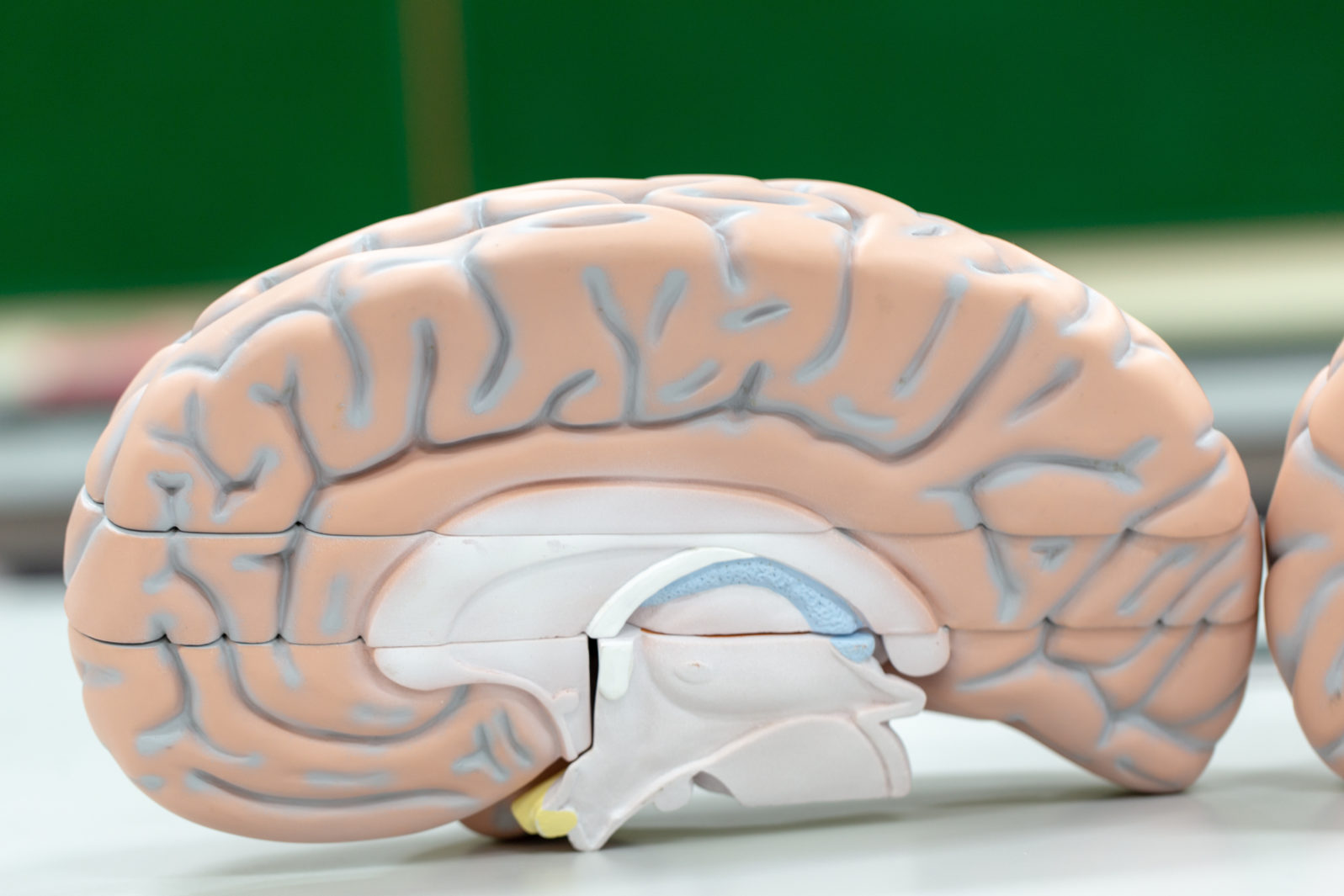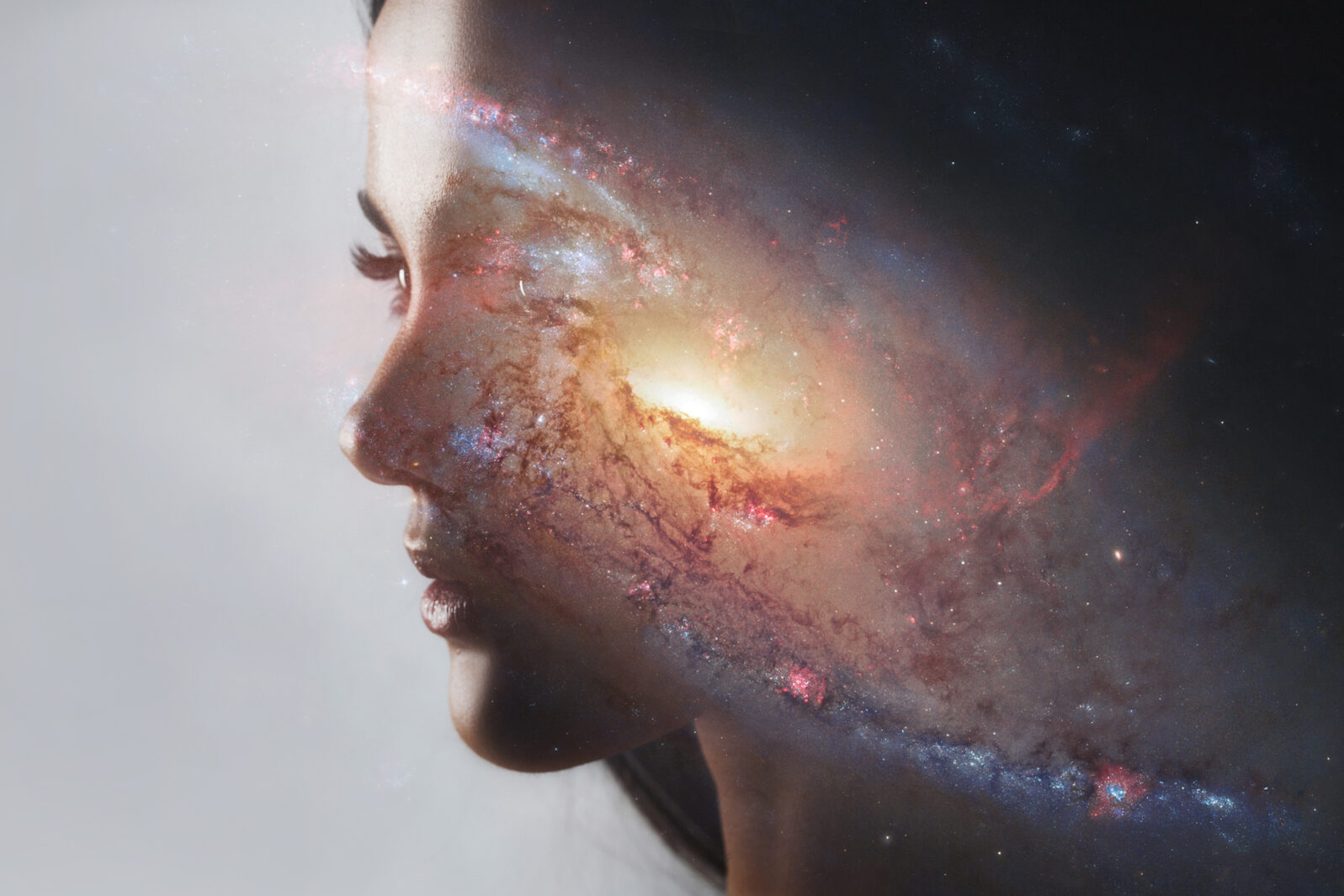Do Larger Brains Make Us Human? Is That All?
Brain organoid studies suggest a “key genetic switch” that makes human brains grow larger than ape brainsIn a study of “mini-brains” (brain organoids), the size of a pea, grown in a dish and incapable of further development, researchers have discovered a “key genetic switch” that makes human brains grow three times larger than primate brains:
This new research, published in the journal Cell, used brain organoids to show that this transition occurs more slowly in humans compared to gorillas and chimpanzees – over seven days, compared to five.
The progenitor cells in human brain organoids not only retained their cylindrical shape for longer, but also split more frequently so more cells were produced. This was linked to a gene called ZEB2, which switches on sooner in gorilla brain organoids than in human. By delaying the effects of the gene, the researchers found that gorilla brain organoids develop slower and become larger…
“We have found that a delayed change in the shape of cells in the early brain is enough to change the course of development, helping determine the numbers of neurons that are made,” explains [Madeline] Lancaster. “It’s remarkable that a relatively simple evolutionary change in cell shape could have major consequences in brain evolution.”
Lauren Fuge, “Why do humans have bigger brains than apes?” at Cosmos Magazine (March 25, 2021) The paper is open access.

Is this the big answer? Is it why humans study the brains of chimpanzees and gorillas but they don’t study ours? Some write as though they think so: “One mutation might have rewired the human mind” (The Conversation). “I feel like we’ve really learnt something fundamental about the questions I’ve been interested in for as long as I can remember — what makes us human.” – Madeline Lancaster, MRC Lab (Technology Networks)
But what have we learned? Is larger brains really what makes us human? Then what about the people who function normally with a very reduced brain? Remember, they are functioning normally in a world where humans typically have very large brains. And, before medical imaging, no one knew that these people had hardly any brain.
Popular accounts are often not much help. At the BBC’s Science Focus, the question is asked “Why are human brains so big?” We learn,
One possibility is that large brains are sexier. The person that can make music and art, or tell stories, may be more attractive to potential mates.
But in the 1990s, anthropologist Robin Dunbar suggested that humans might also need large brains to keep track of their complicated social lives. Human social circles normally comprise around 150 people, compared with 50 for chimpanzees. “Why are human brains so big?” at Science Focus
The problem with this explanation is that music, art, stories, and complex social relationships are only important in a group that can appreciate them. The audience must already be human. Science Focus infers that large brains are needed but their origin is unaccounted for. The organoids might provide a clue but they are hardly a natural development.
Quite a number of other researchers have sought clues in the diets that our ancestors are believed to have followed:
➤ Starches and other carbs were a brain food for our ancestors: (“ …the brain suddenly began evolving faster [800,000 ya] because our ancestors discovered an even better brain food.”) (NPR, 2015)
➤ Fats: “Fat, not meat, may have led to bigger hominin brains.” (Sapiens, March 28, 2019) “A taste for fat may have made us human,” (Yale University, February 5, 2019)
➤ Nuts (and other high-calorie starches): ““We think we’re seeing evidence of a really ancient behavior that might have been part of encephalization—or the growth of the human brain,” says Christina Warinner, an anthropologist at Harvard University and co-author of the research. (Smithsonian Magazine, May 13, 2021)
➤ Herbs (high in iodine): “Evolutionary scenarios suggest that major developments of human evolution are associated with living in coastal areas, which offer a diet that triggered brain development in hominins. The results of our study suggest that consumption of aquatic herbs from swamps in forest habitat could have contributed to satisfying the iodine requirements of hominin populations used to diets prevalent in coastal environments.” (BioMed Central, July 1, 2019)
It sounds as though whatever we were eating made our brains bigger but didn’t have that effect on chimpanzees and gorillas. Thus, some researchers think that the development of cooking did the trick:
➤ Processing (cutting and cooking) whatever we were eating: “With the origin of the genus Homo…we went from having snouts and big teeth and large chewing muscles to having smaller teeth, smaller chewing muscles, and snoutless faces” Lieberman said. “Those changes, and others, allowed for selection for speech and other shifts in the head, like bigger brains. Underlying that, to some extent, is the simplest technology of all: slicing meat into smaller pieces, and pounding vegetables before you chew them.” (ScienceDaily, 2016)
Possibly, but greater intelligence must have preceded the braised ribs and the julienne veggies. Before anyone undertook the work, the goal had to be understood and the benefits anticipated. Which means that the early humans’ intellectual capacity had to already exist… so we are back where we started.
Human intelligence is unique among the life forms we know. It is reasonable to believe that some of the causes are immaterial rather than material. Especially when materialist explanations keep bringing us back to where we started. The good news is that discovering new vistas promises to be a great adventure.
You may also wish to read:
Lemurs with brains 1/200 the size of chimps’ pass same IQ test. Such findings only accentuate the vast gap in intelligence between humans and lemurs, chimpanzees, or ravens today. Efforts to account for this gap in evolutionary terms have not been particularly successful.
and
Your mind vs. your brain: Ten things to know
